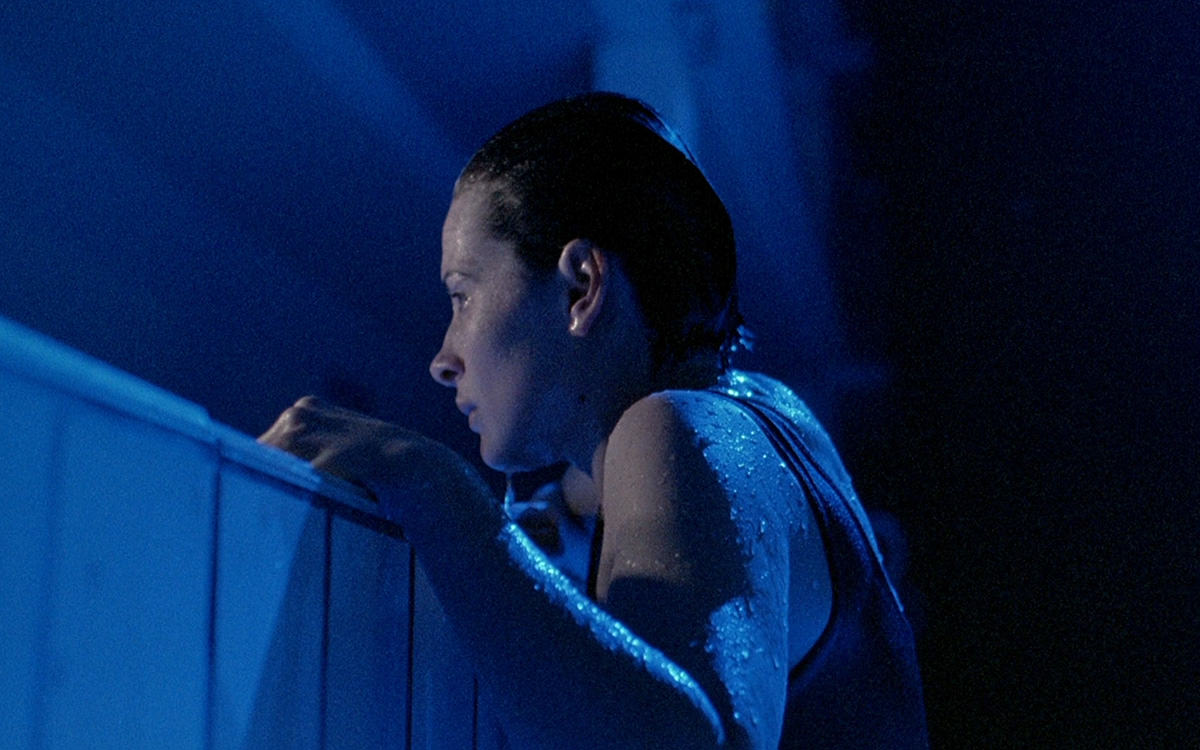2019 Tarkovsky Prize Honorable Mention: Nicholas Buckwalter
Nicholas Buckwalter (17, Berkeley High School)
The Subjectivity of the Human Experience in Schnabel’s THE DIVING BELL AND THE BUTTERFLY
Beyond simply offering entertainment, film can open the mind to new ways of thinking and illuminate the subjectivity of humanity in a way unique to the medium. The Diving Bell and the Butterfly by Julian Schnabel uses the immersive nature of cinema to communicate the interior world of someone who has lost almost all exterior communication. The film centers around Jean-Dominique Bauby, an editor of a French fashion magazine, who suffers a stroke which leaves him paralyzed from head to toe, leaving him stripped of everything but his senses and the ability to move his eyes. Over the course of the film, Jean slowly writes a novel through blinking as someone reads aloud the alphabet.
The film touches on themes like family, love, and loyalty, but primarily deals with the subjectivity of the human experience. Large parts of the film are seen from the subjective point of view of Jean. This not only allows the viewer to better understand the protagonist's position, but also to reflect on the individual nature of their own experience. While as humans we have a basic understanding of each other, we can never escape the subjectivity of our mind and our own personal experience. Similarly, Jean is unable to escape his condition. The extensive continued POV shots reflect what life is: one long experience continually filtered through our own point of view.
The characters Jean interacts with further illustrate how our perspective colors our existence. While at the hospital, Jean is visited by his old friend, Roussin. Years earlier, Jean gave up his seat on a plane for Roussin. The plane was hijacked, resulting in Roussin becoming a hostage for four years. While at first it may seem like Jean was lucky for avoiding the plane, his condition of being “locked-in” (essentially, held hostage in his own body) in the end seems far more unlucky. The friends’ relationship indicates the futility of comparing human existence, as in the end we are all “locked-in” to our own perspectives. Regardless of what we choose, we may get on a plane that is hijacked or suffer a paralyzing stroke. Roussin gives Jean the advice to “hold onto the human inside of you.” Jean achieves this through memory which frees him from the prison of his physical limitations.
Memory is possibly the most subjective experience a human has. Different people can remember the same experience differently. Jean idealizes the past and frequently flashes back to happy memories of relationships from before he was disabled. He also holds onto his humanity through dream or fantasy. Through flashback, Jean sees himself shaving his father, a memory of a time where he had more control of his life and was in a position of being a caretaker. However, Jean also often sees himself in his wheelchair on an isolated plank on the beach. Even though he often tries to use memory to escape his experience, even his own mind draws him back to the limitations of his condition.
The story of The Diving Bell and the Butterfly is personally intriguing to me. When I was four years old I had a seizure on my Mom’s birthday. At first the doctors thought I had hydrocephalus. This meant I would have frequent seizures and fluid would slowly build up in my brain until I lost all muscle control and eventually all brain function. I would have also lost all memory, essentially losing all aspects of humanity. The doctors were wrong and I simply had a febrile seizure. However, I often think about the experience and realize how little control we have over our lives. No one can control even their own body or health. Just as Jean was locked-in his body, we are all “locked-in” in to our destinies. But at the same time, Jean’s story also illustrates how much control we do have. Although he was stripped of almost all bodily function, through the simple act of blinking Jean is able to take control of the humanity he does have.




